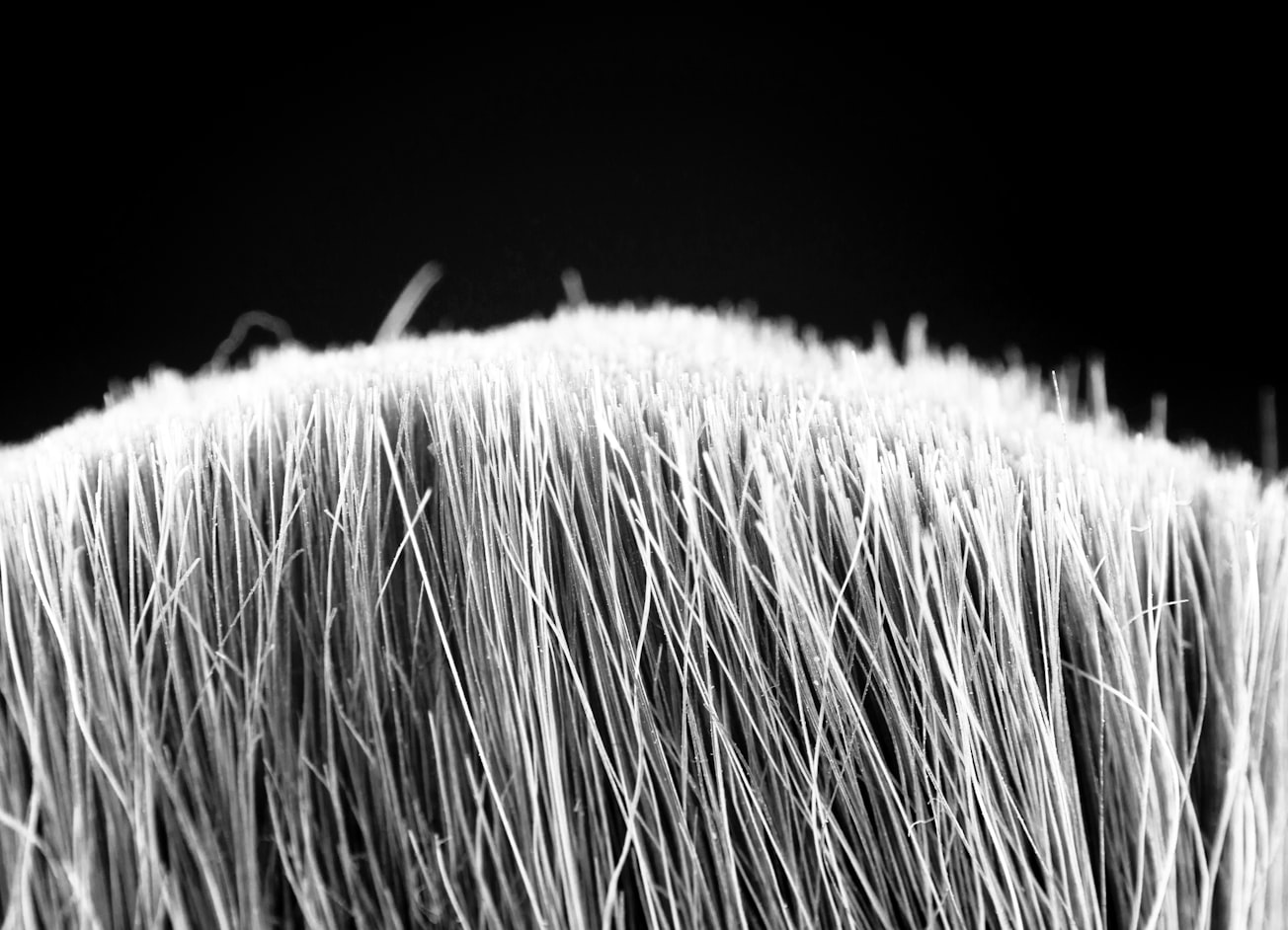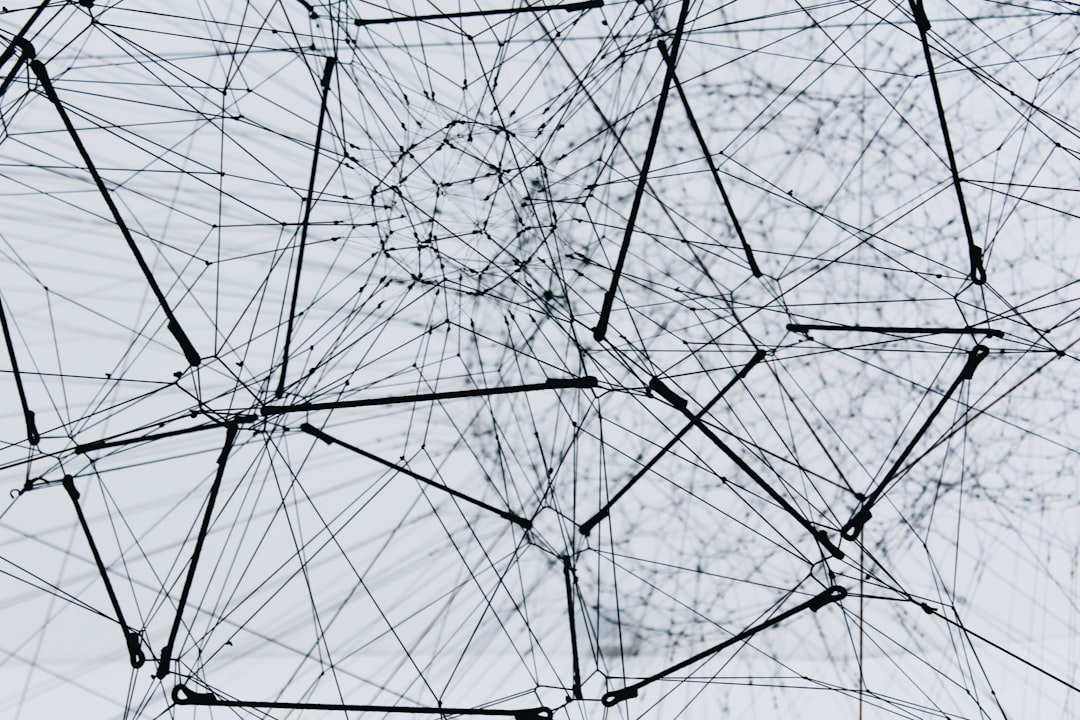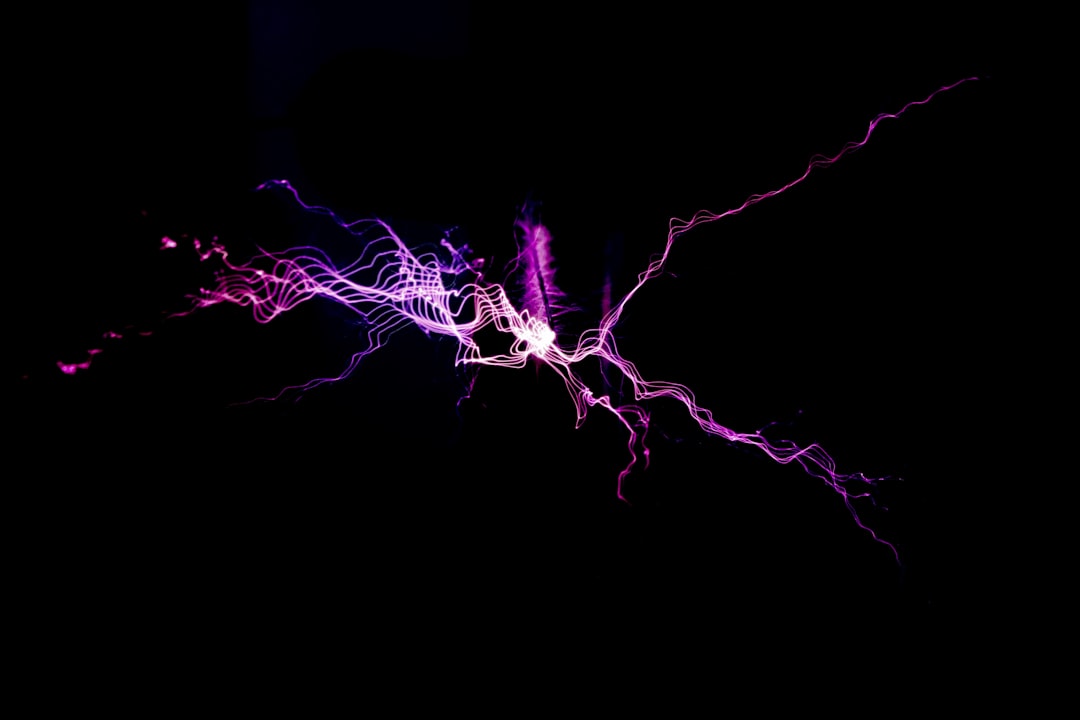What is it about?
Uncovering slow collective variables (CVs) is crucial for understanding the underlying mechanism of self-assembly processes and facilitating the design of advanced materials through the bottom-up approach. This work introduces GraphVAMPnets, a deep learning-based approach that was developed to discover the slow CVs of self-assembly dynamics and demonstrates it in two systems: the aggregation of two hydrophobic molecules and the self-assembly of patchy particles.
Featured Image

Photo by Sam Moghadam Khamseh on Unsplash
Why is it important?
The key significances of GraphVAMPnets are: (1) it adopts the graph neural networks, which is capable of identifying the slow collective variables that are invariant to the permutations and rotations of the monomers involved in the self-assembly dynamics; (2) it is grounded in VAMP theory (variational approach for Markovian processes), which can effectively capture the slow dynamics from the off-equilibrium self-assembly processes.
Perspectives
We recommend this paper to researchers who are interested in machine learning, molecular simulation, self-assembly, and related fields. The GraphVAMPnets method exhibits significant potential for the applications in studying the dynamics of diverse aggregation, nucleation, and assembly systems.
Xuhui Huang
University of Wisconsin Madison
Read the Original
This page is a summary of: GraphVAMPnets for uncovering slow collective variables of self-assembly dynamics, The Journal of Chemical Physics, September 2023, American Institute of Physics,
DOI: 10.1063/5.0158903.
You can read the full text:
Contributors
The following have contributed to this page










